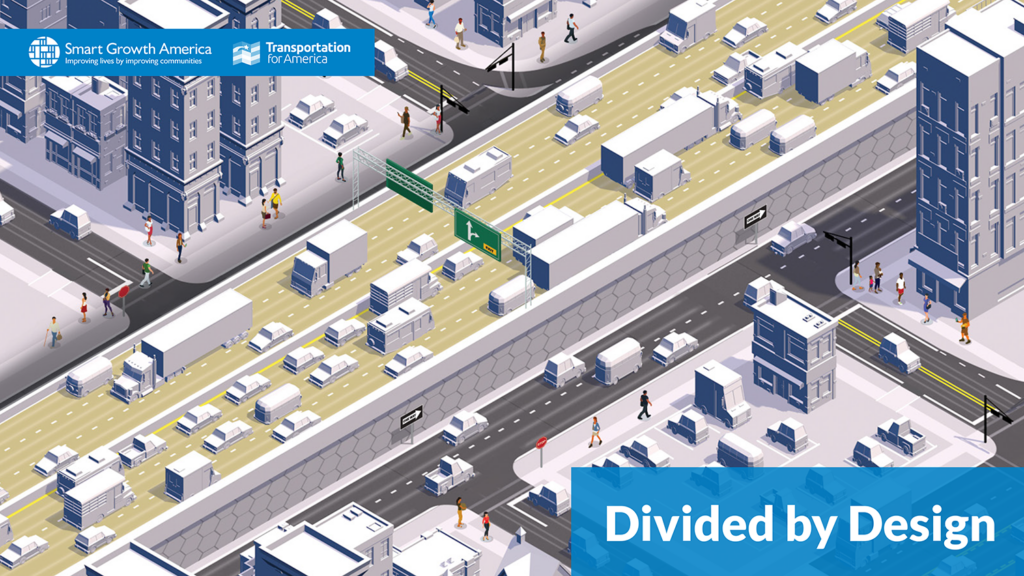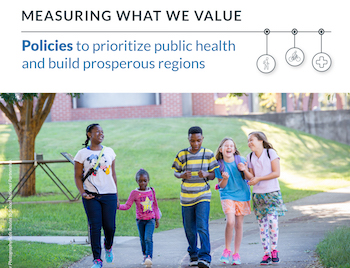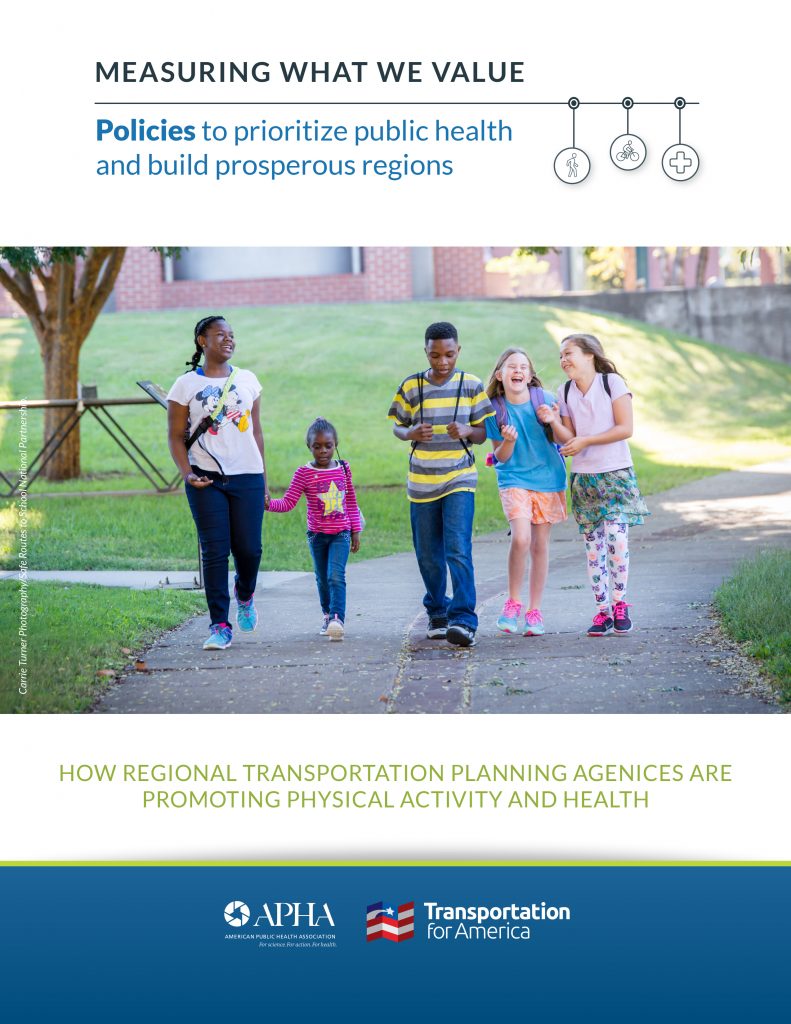
How are metro areas prioritizing health and building more biking and walking projects?

Though there’s booming demand all across the country to build more projects that can help residents get out and bike or walk — whether for exercise or just for getting around safely from A to B — it can be an uphill battle to do so. How are metro areas upending the conventional wisdom and building more projects that help improve their residents’ health?

How we get around each day shapes our quality of life, especially our health. People who walk or bicycle more for transportation are shown to have lower rates of heart disease, diabetes and other conditions that can complicate or shorten lives. And the demand for more opportunities to safely walk and bicycle is at an all-time high in cities and towns of all sizes across the country.
Communities are responding by planning, funding, and fast-tracking projects to make bicycling, walking, and riding transit safer, more convenient, and more realistic as travel options.
But getting these projects planned, designed and built can be a challenge. How can regions bring more of these projects to fruition?
This new paper, produced with the American Public Health Association, outlines four policy levers MPOs have at their disposal to help increase and improve active transportation projects to meet the demand, decrease health disparities, increase access to opportunities, and strengthen local economies — with specific short real-life stories to go with each.
For the launch of the paper, we had an online discussion with a number of the metropolitan planning organizations (MPOs) featured in this paper to hear how they’re successfully prioritizing bicycling and walking projects.
We spent some time exploring the specific policies these MPOs have adopted, and how they’ve implemented them. Catch up with the recording below.




